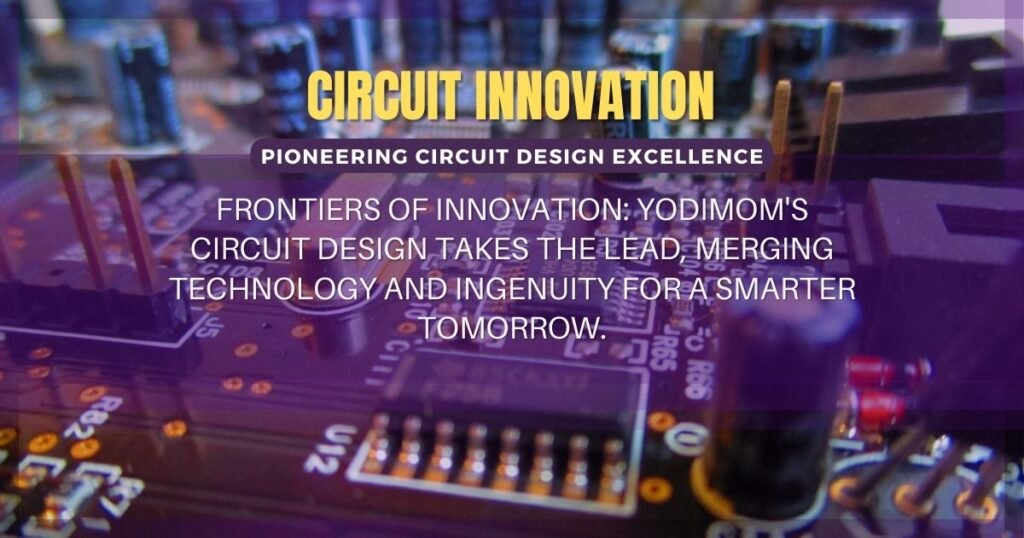Unlock the secrets of efficient circuit design with our guide on “Comparing Power-3 Dynamic Strategies for Your Circuit Design Goals.” Discover the nuances of power efficiency, performance, and cost-effectiveness. Dive into a world where choices shape success. Dive into the dynamic world of circuit design. Explore power efficiency, performance, and cost-effectiveness. Make informed decisions for successful projects with our guide.
Guide Us
Navigating the Dynamic Landscape
Welcome to a comprehensive exploration of the multifaceted world of circuit design. Within this expansive guide, we embark on a journey through the intricate landscapes of three pivotal dynamic strategies—Power Efficiency, Performance, and Cost-Effectiveness. Our aim is to empower you with profound insights, guiding you towards decisions that not only resonate with but profoundly influence the trajectory of your circuit design goals. Each strategy unfolds like a chapter in an epic novel, revealing its significance in the intricate tapestry of circuit design.
The Unsung Hero
Embark on an insightful journey into the often underestimated yet crucial realm of power efficiency. As we traverse this chapter, the spotlight illuminates why prioritizing power efficiency is not merely a technical necessity but a strategic decision that can profoundly influence project longevity and success. Uncover the silent power it holds in shaping the narrative of your designs. Dive into real-world examples that breathe life into the theoretical, showcasing the transformative impact of making power efficiency a cornerstone of your design philosophy.
Beyond the Need for Speed
In the pursuit of performance, we transcend the conventional need for speed. This section unfolds as a captivating narrative, exploring the multifaceted dimensions of achieving optimal functionality. Discover how the right dynamic strategy can elevate your circuit’s performance, not just in terms of speed but also in terms of stability and reliability. Realize the art of achieving peak functionality that goes beyond the superficial need for speed, creating circuits that are not just swift but also dependable.
Balancing Innovation and Budget
As we enter the domain of cost-effectiveness, we step into a delicate balancing act. Budget constraints are not just constraints; they are the reality. However, innovation need not be compromised. This chapter becomes a guide, offering insights into how dynamic strategies strike a delicate balance between cutting-edge performance and considerations of budget. Navigate the challenging terrain of budget constraints without sacrificing the innovative essence of your projects. Learn how to foster creativity within the constraints, turning challenges into opportunities.
Choosing Your Dynamic Strategy
At the heart of this guide lies the quintessential chapter—Choosing Your Dynamic Strategy. Static CMOS, Dynamic CMOS, and Dual Edge Triggering take center stage, each representing a distinct philosophy in the world of circuit design. Each strategy is unraveled, dissected, and evaluated for its strengths and weaknesses. By the end of this chapter, you will be equipped with the knowledge needed to make informed choices tailored to the unique demands of your specific projects. It’s not just about understanding these strategies but about understanding how they align with the essence of your projects.
Case Studies
The guide transitions seamlessly from the theoretical to the practical, exploring case studies that breathe life into the concepts discussed earlier. From mobile devices to IoT applications and high-performance computing, witness how dynamic strategies play out in diverse real-world scenarios. Understand the nuanced impact on battery life, efficiency, and overall user experience. This chapter becomes a bridge between theory and practice, transforming abstract concepts into tangible applications.
Tailoring to Your Needs
In the concluding chapter, we guide you through the process of tailoring dynamic strategies to your specific needs. This isn’t a one-size-fits-all scenario. Instead, it’s an art—understanding the intricacies of your project requirements and selecting the dynamic strategy that aligns perfectly. The verdict becomes a personalized journey towards circuit design excellence, where the choices you make are not just informed by knowledge but are a reflection of your unique vision and goals. As you navigate this chapter, envision a path where your projects not only meet but exceed expectations, standing out as a testament to your understanding and mastery of dynamic strategies.
Join Us
Join Us on Your Circuit Design Adventure
Having navigated the dynamic landscape and gleaned insights from the guide, we extend an invitation to you to join us on an illuminating circuit design adventure. This section becomes a portal, beckoning you to click on the “Join Now” button. As you do, exclusive access to the full guide awaits, opening the doors to a wealth of knowledge that promises to elevate your circuit design projects to unparalleled heights. This is not just an invitation; it’s an opportunity to become a part of a community driven by a shared passion for circuit design excellence.
